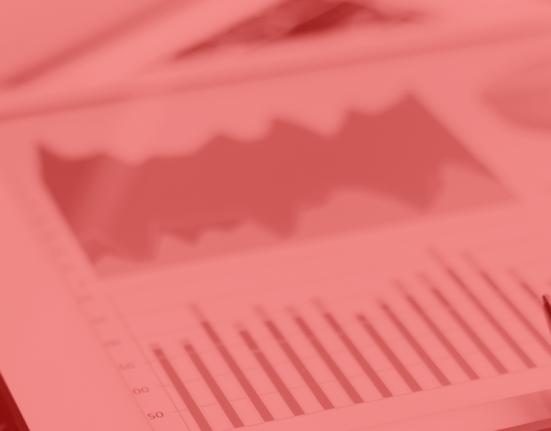The retail industry we’ve grown used to is cutthroat. It’s eat or get eaten, which is why competitor insights have become requisite to get ahead. Especially when it comes to online retail, gaining a comprehensive view into competitor strategy and how that could play out in the future with predictive analytics is the only way to make fully informed pricing, promotions, and assortment decisions. In particular, promotional data can give retailers a window into their competitors’ go-to-market strategy and target market.
There are three key facets of promotions that retailers need to analyze in order to get a holistic understanding of competitor strategy: where promotions take place, what the timing and cadence are, and what this all says about their demographics. These elements of promotions combine with the knowledge of what products and categories are being most aggressively promoted or discounted, to infer how they approach key categories strategically. For example, a retailer might be a loss leader in one category, but not in others, so your strategy may also need to be adjusted across categories.
Let’s discuss the three main parts of promotional data further.

Promotion Channels
When you know where a competitor is promoting their products and at what discounts, you can ensure that your promotions are on par with, if not better than, theirs. There are nearly endless places to promote products, but three of the most impactful are email, homepage, and social networks. The channels retailers use to promote their products change over time, and some might emerge as more prominent. In addition, the type of promotion retailers use on certain channels might also shift. For example, they may find that channel-exclusive promotions perform better. If promoting a certain category is most effective via email, you know to increase the quality and quantity of those ads. The next piece of the puzzle to determine trends and competitive threats is understanding the timing of promotions.
Promotion Timing
Your marketing team wants as much insight on competitor promotional calendars as possible. Frequency of promotions says a lot about a retailer. Timing does as well, especially because holiday promotions are starting earlier and earlier each year, so being aware of when your competitors start promoting in seasons past can give you an edge. Many department stores have annual sale events or promotions for holidays, but it’s important to see the patterns online competitors fall into, since you might not see their ads while walking down Main Street. You can also identify trends early and capitalize on them. How often an item goes on sale could also tell you how well it’s selling, depending on the depth of the discount. If it’s a high quality yet inexpensive item, this could be an indication that it is a bestseller that gets shoppers to check out and encourages them to buy higher margin add-ons.
What Promotions Say About Demographics
With these two types of promotional data in your repertoire, you will also gain insight into what products they’re promoting and for which demographics. If, for example, your competitors sell clothing for the whole family, yet all of their homepage promotions target professional women, you might consider increasing your promotions for that demographic to improve sales, profits, and market fit. Also, the look and feel of ads can also clue you into how they’re targeting different demographics with distinct aesthetics.
As an established retailer, you have a strong understanding of who your best customers are. Your promotions need to be geared towards them as often as possible to get them buying more and more often. But it’s always worth the time to survey competitor efforts, because no one lives in a vacuum. You never know when a competitor will start encroaching on your market share in a certain category or demographic. Being aware is the first step to staying ahead.
Closing Thoughts
Competitive data should be one of the main variables you consider in your promotional strategy. Just as marketing spend must always be directly aligned with business objectives, promotions also need to be planned based on desired margins. Promotions give retailers the ability to impact demand substantially, so the cost and number of units eligible for the promotion must be closely considered.
Real-time promotional data is the only way to be competitive in the rapidly changing world of online retail. When it comes to your competitors, you want to know what their promotions are around the clock, in case you need to readjust yours accordingly to stay competitive. Changes in their promotional cadence can tip you off to fluctuations in demand. Having this data on hand from the past, along with current market conditions, will inform better business decisions, both in terms of ensuring you are competitively positioned in the market and working to get into the driver’s seat when it comes to the race with your competitors.
Contributing Writer: Angelica Valentine














